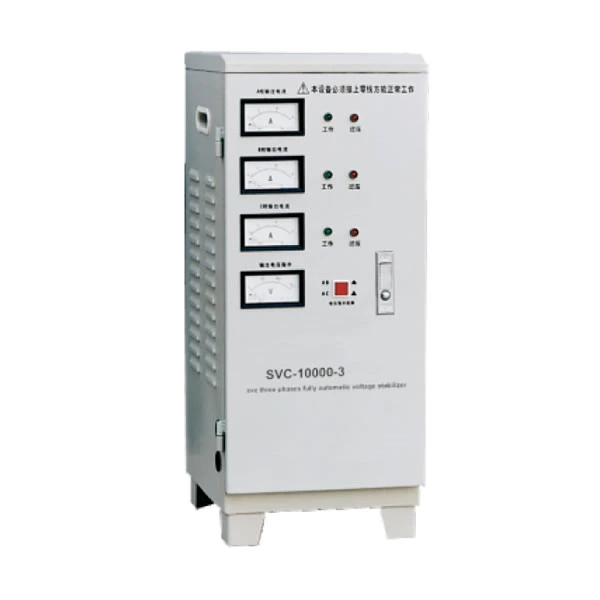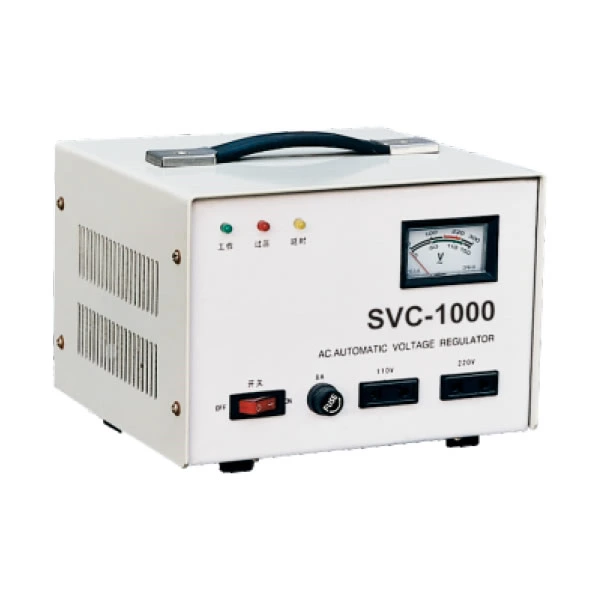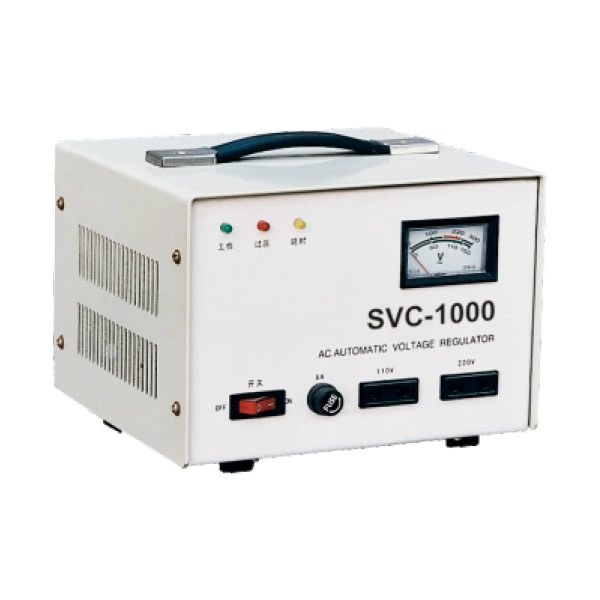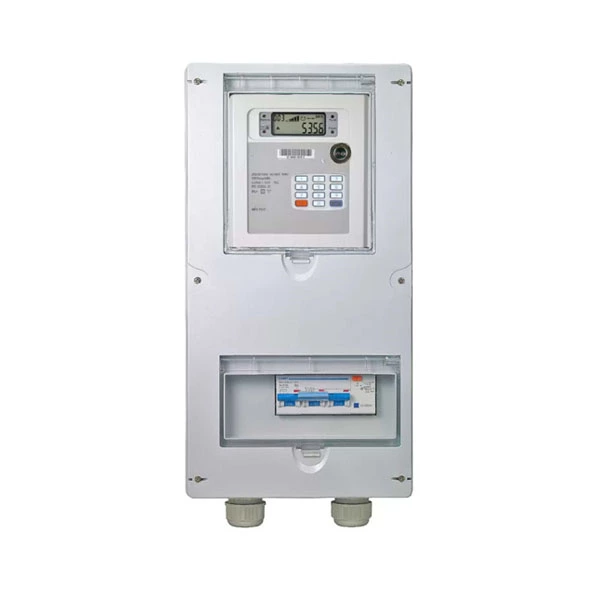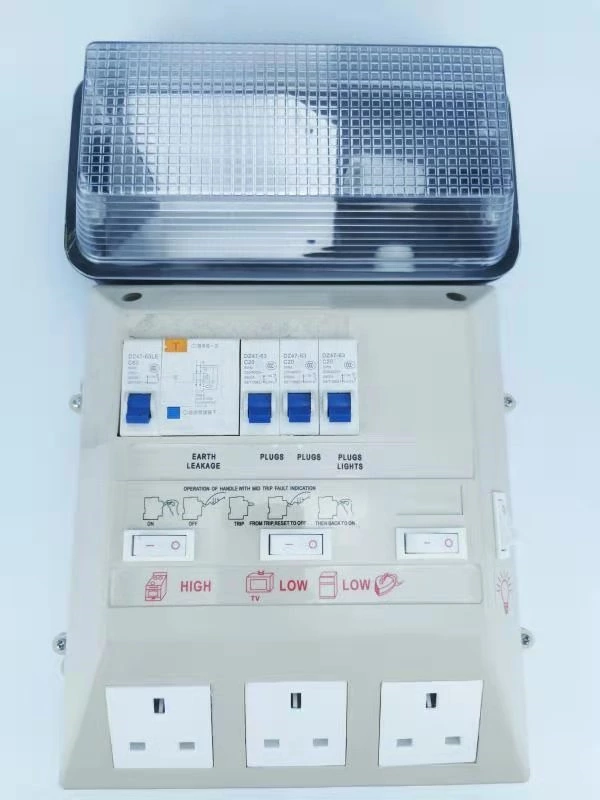Principle of Voltage Regulator
Voltage regulator is a device to stabilize the output voltage. The regulator is composed of voltage regulating circuit, control circuit and servo motor. When the input voltage or load changes, the control circuit samples, compares and amplifies, then drives the servo motor to rotate, so that the position of the regulator carbon brush can be changed. By automatically adjusting the coil turn ratio, the output voltage can be maintained stable.
The Role of Regulator
Voltage regulator is a power supply circuit or equipment which can automatically adjust the output voltage. Its function is to stabilize the power supply voltage which fluctuates greatly and can not meet the requirements of electrical equipment within its set range, so that all kinds of circuits or electrical equipment can work normally under rated working voltage.
Initial power regulators depend on the beat of relays to stabilize the voltage. When the grid voltage fluctuates, the automatic correcting circuit of the power regulator starts to make the internal relay operate. Force the output voltage to remain near the set value. This circuit has the advantages of simple circuit, but the disadvantage is that the voltage stabilization accuracy is not high and every relay switching will cause a transient interruption of the power supply and spark interference. It interferes greatly with the reading and writing of computer equipment, and is easy to cause erroneous signals on the computer, and even damages the hard disk in serious cases. High-quality small regulators mostly use motor to drag carbon brush to stabilize voltage. This regulator has little interference to electrical equipment and relatively high stabilization accuracy.
Principle of Voltage Regulator
Because some electrical appliances contain coil components, the eddy current that impedes the current will be generated in the initial stage of power-on. The eddy current will weaken the instantaneous voltage when the electrical appliances start up, resulting in slow start-up, and will strengthen the instantaneous voltage after circuit breaking, which may cause spark damage to the circuit. At this time, a voltage regulator is needed to protect the normal operation of the circuit.
The regulator is composed of voltage regulating circuit, control circuit and servo motor. When the input voltage or load changes, the control circuit sampled, compared and amplified. Then the servo motor is driven to rotate, so that the position of the regulator carbon brush can be changed. By automatically adjusting the coil turn ratio, the output voltage can be maintained stable. The principle of voltage compensation is also used in the voltage regulator with larger capacity.
Power of Regulator
1. The output power of the regulator is high power. The nominal power of household appliances refers to the active power, while the inductive loads such as refrigerators, air conditioners and pumps have a large current at the instantaneous start-up time, so the power of refrigerators, air conditioners and pumps is * (3-5 times).
For example: three beautiful air conditioners (220V electricity)
A voltage regulator equal to 0.75 kW * 3 PW = 2.25 kW * 3 times the starting current of load = 6.75 kW or more is applicable. (8KVA regulator recommended by American maintenance technicians)
2. Power algorithm for professional hydropower installation technicians and professional electricians, engineers and regulators in factories: General industrial equipment should be multiplied by at least 2 times the rated power. When used in motor operation equipment, large current start-up device and impact load equipment, the regulator with more than 3 times the capacity should be selected. In order to avoid excessive start-up current, power supply lines can not work normally because of voltage reduction.
For example, the power of a motor of a factory's steam pump (380V electrical equipment) is 7.5 kW. However, when it starts to operate impulse work, the surge current is more than three times the power of the motor, so the regulator which is more than three times the power of the motor must be selected.
When the output voltage of 3, 0.5KVA-3KVA regulator is 110V, the input capacity can not exceed 40% of the rated capacity. When the output voltage needs 110V and 220V, the output capacity should be 50% of the rated capacity to avoid overload.
